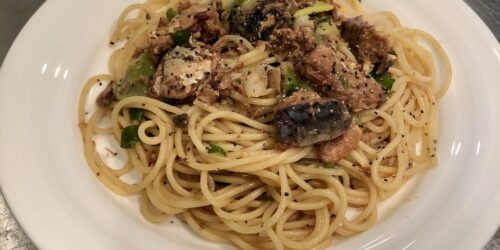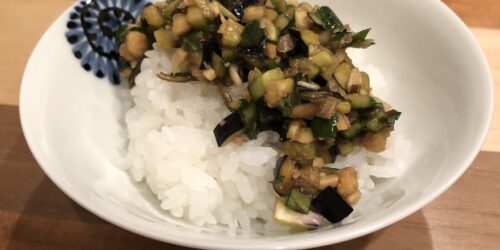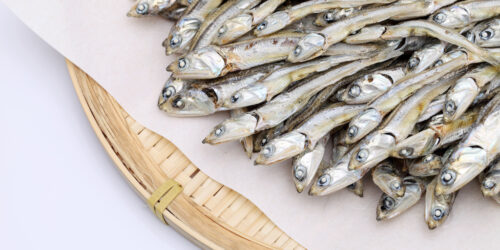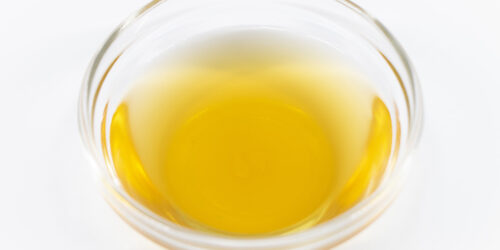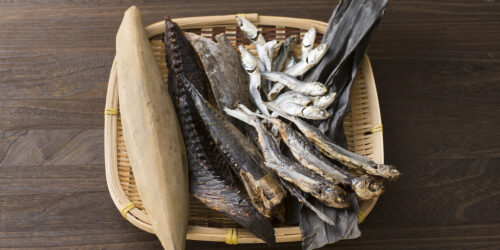Is Miso Paste the Same As Dashi?
Is miso paste the same as dashi?
I would answer this question like this… No, not really.
Miso paste and dashi, those are both Japanese traditional materials that every Japanese often use for cooking.
But, those 2 are totally different foods. I would like to introduce what are they and what are the differences between miso paste and dashi.
Please check it out!
What Is Miso Paste Made Out of?
Miso is fermented food made by adding salt and koji to grains (rice, soybeans, or barley) and fermenting them.
The color and taste of miso differ depending on the type of grains, type of koji, and fermenting period.
Generally, miso has salty taste, subtle sweetness, and sourness. The flavor of miso is a little similar to soy sauce, but they have totally different taste.
Miso has wonderful koku (richness) and umami (delicious taste), so even a little bit of miso can upgrade various dishes. Strictly speaking, miso does contain umami ingredient, but the amount is considerably smaller than the proper dashi stock.
Interested in learning more about Miso?
What Is Miso and Is It Healthy?
How Is Miso Used?
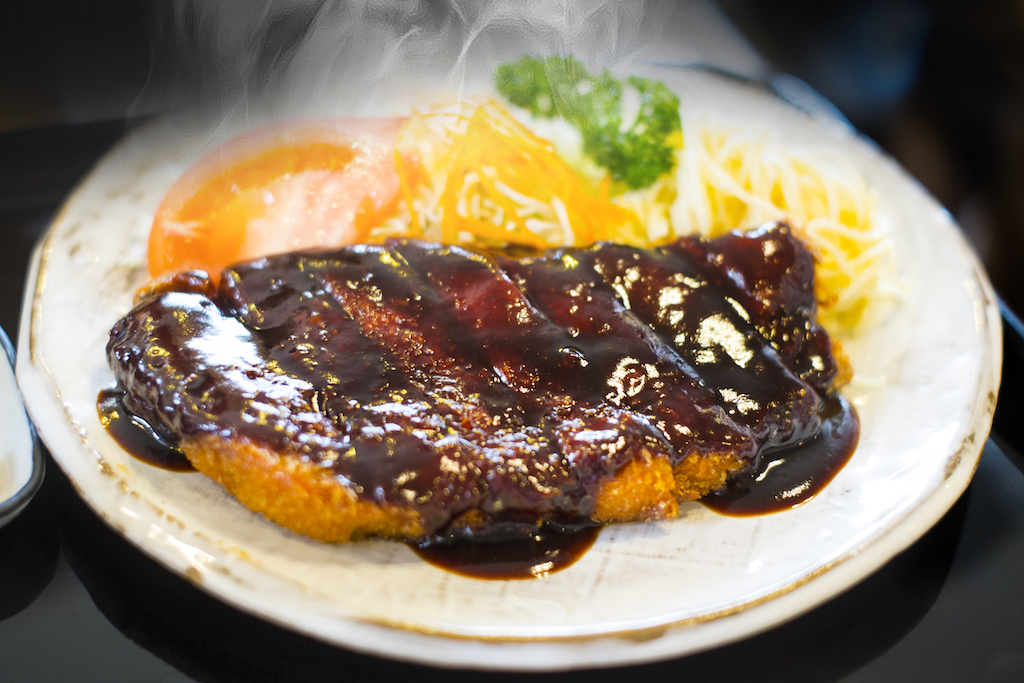
As you can see the link above, miso can be used for any dish.
I think miso soup is one of the most well-known miso dish all over the world. But, there are so many delicious dishes besides miso soup. For example, you can make miso ramen, miso katsu, miso stir-fried dish, miso dressing, etc.
Also, you can use miso paste as a secret ingredient. Even very small amount of miso paste makes dishes more delicious with its koku (richness).
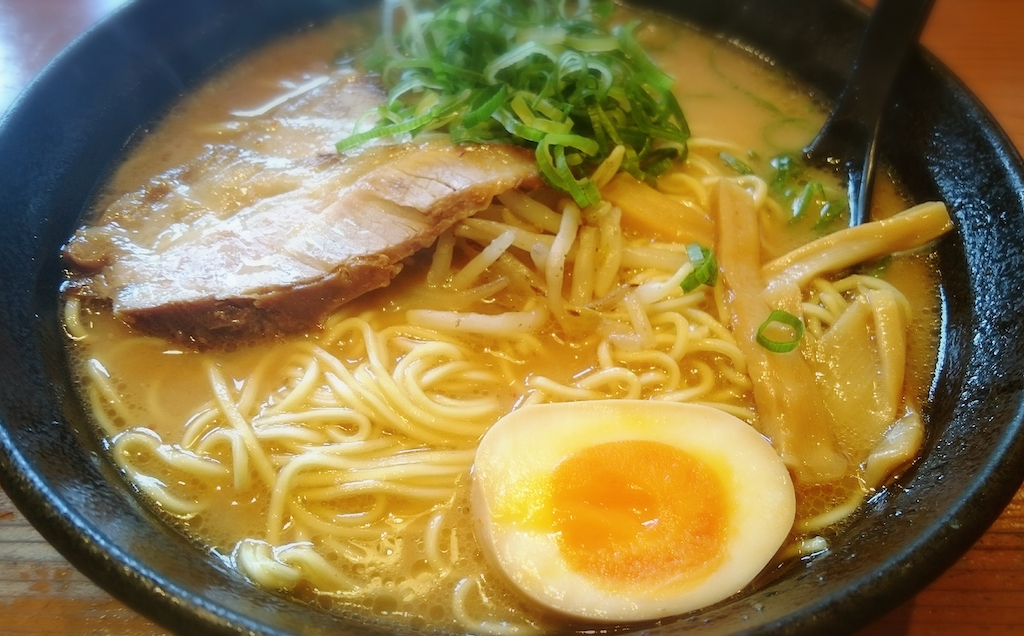
What Is Dashi Made Out of?
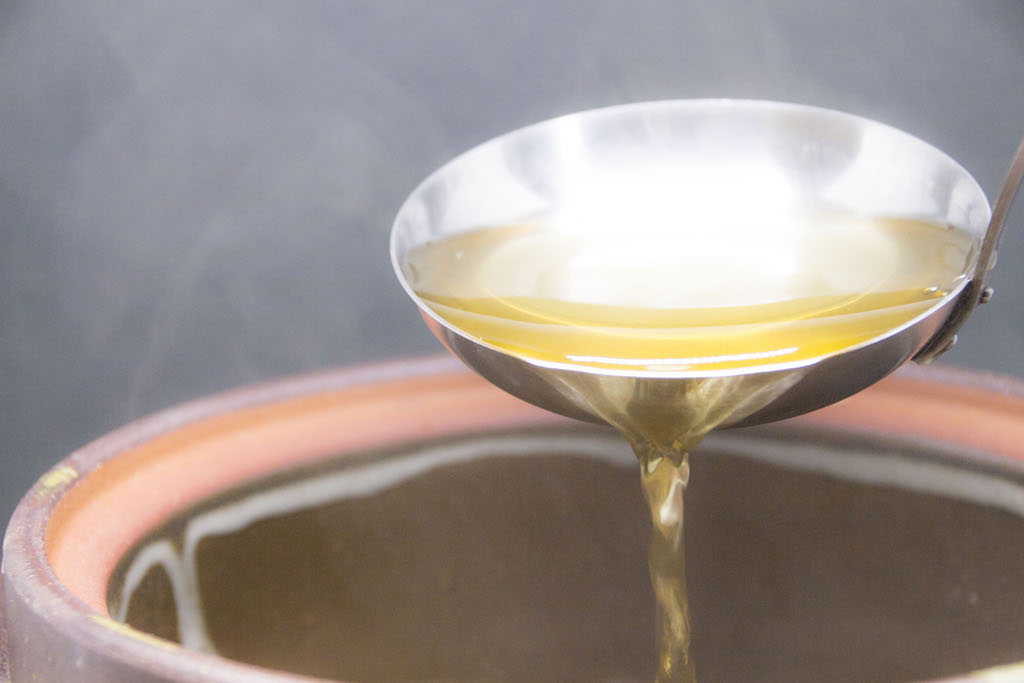
Dashi is soup stock made by boiling foods such as kelp and dried bonito.
Those 2 are the most commonly used raw materials for dashi. But, there are various types of dashi that made from various vegetables, mushrooms, meat, and seafood. Niboshi (also called iriko) soup stock and shiitake mushroom soup stock are also popular dashi in Japan.
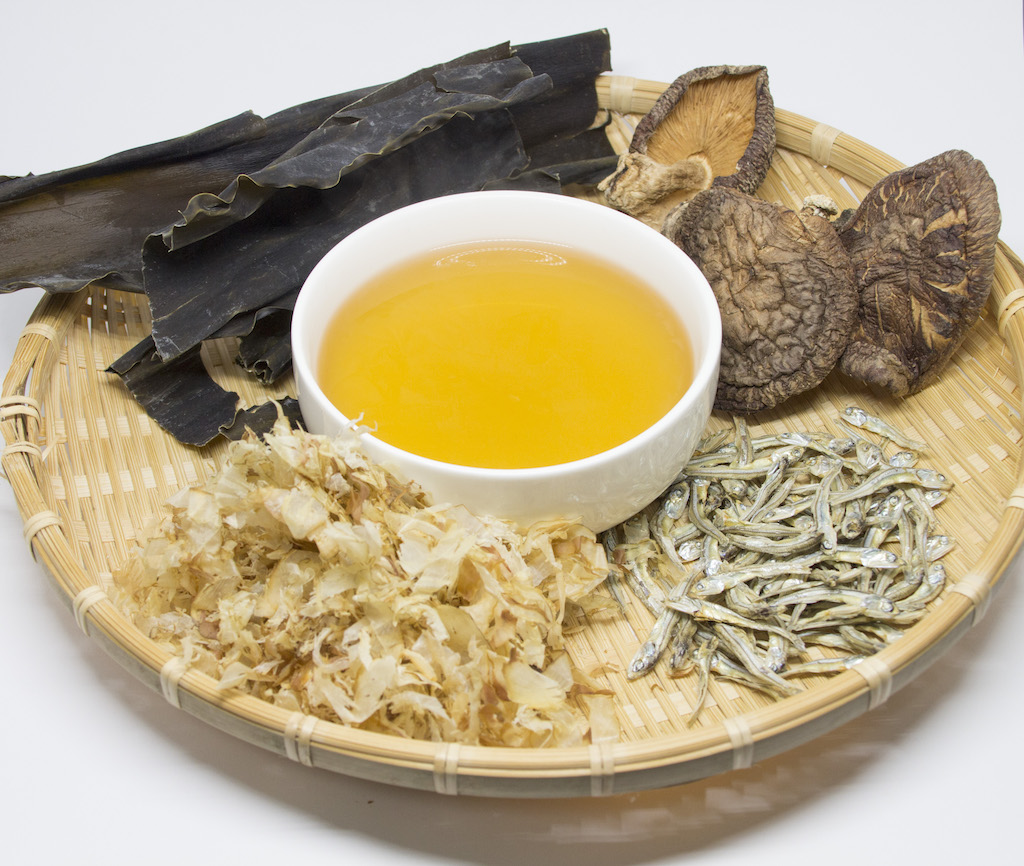
The reason why the soup stock is very crucial part of Japanese cuisine is that it contains umami ingredient. The type of umami ingredient differ depending on the raw materials of the soup stock.
This umami ingredient dramatically raises the level of cooking.
How Is Dashi Used?
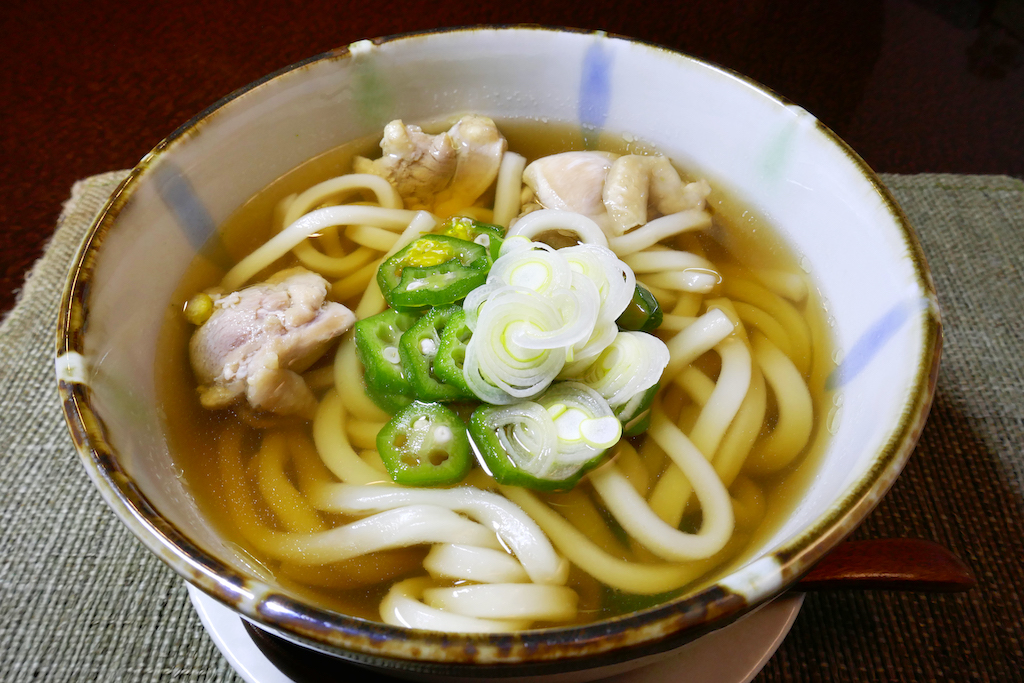
Japanese people often use dashi when making miso soup, soup for noodles (ramen, udon, and soba), simmered dishes, and soup for hot pot.
Basically, the main taste of those dishes are not come from dashi, but come from additional seasoning such as soy sauce, miso, tonkotsu, etc.
I mean that the dashi actually exists for the base taste of cooking. The umami taste of dashi demonstrate its ability especially when combined with some seasonings.
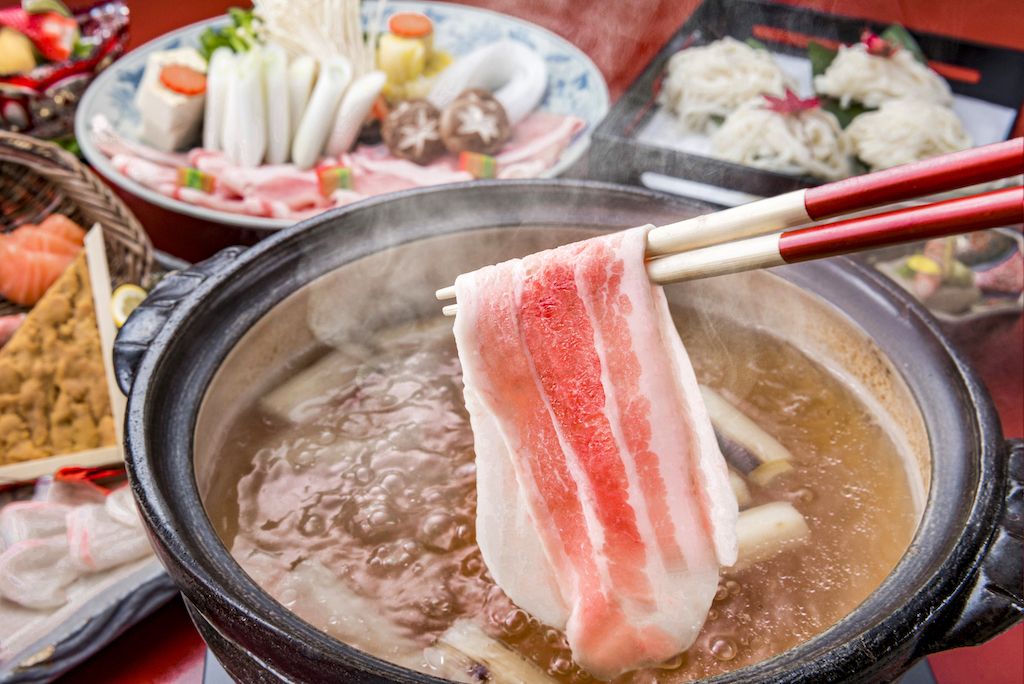
Can I Use Miso Paste Instead of Dashi?
As you might expect, it’s difficult to complement each other.
Assuming that you add ordinary miso paste to a dish that requires dashi, it is not possible to reproduce the unique taste of dashi.
However, there is exception. If your miso paste is “dashi miso”, it could be good substitute for dashi. For instance, adding dashi miso to a miso soup is the best way to use.
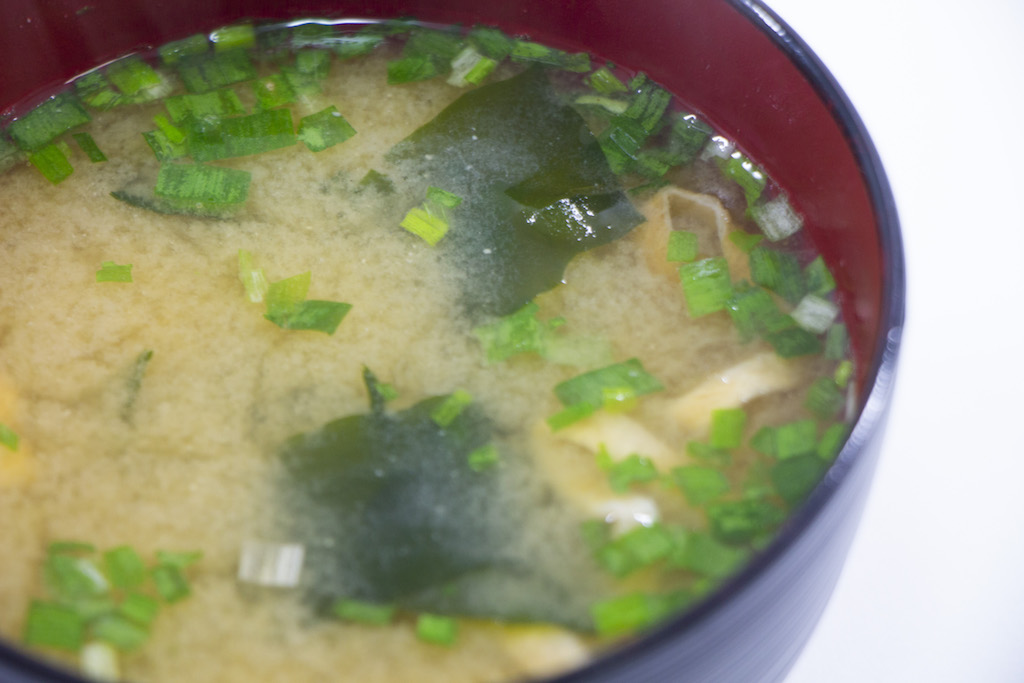
It goes without saying that dashi miso absolutely makes the dish miso flavor. So, dashi miso will be appropriate substitute for dashi only when the main taste of the dish is miso.
But, can’t I use dashi miso for anything other than miso soup?
Please check here to see the answer for it!
Can I Use Miso Instead of Dashi?
So, What Can I use in Place of Dashi?
If you don’t want miso flavor on your dish, but need some substitute for dashi, here is the perfect list for it.
10 Best Dashi Stock Substitutes


